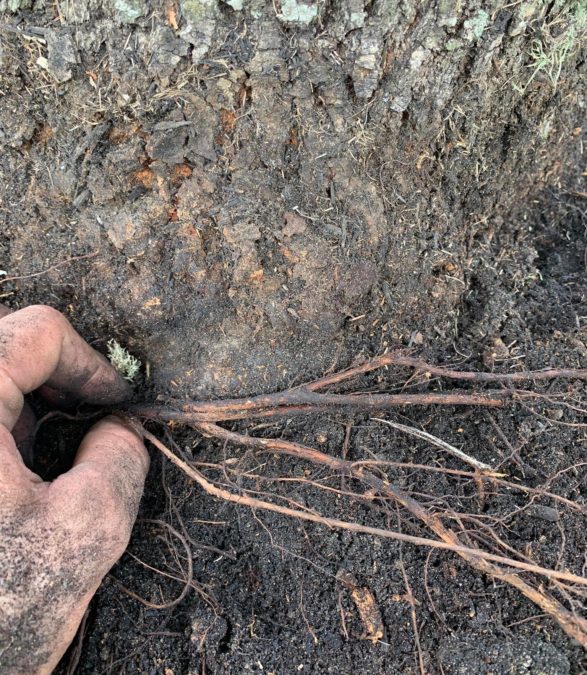What is deep root fertilization for trees and shrubs, and when should you use it? Everyone knows that fertilization provides support for healthier plants, roots, flowering, and fruit development throughout the year. However, trees planted in urban environments far away from their preferred natural habitats will typically require a more targeted approach to thrive.
Below, Foster’s reliable tree service shares more about these helpful techniques so that your Texas bluebonnets and other landscaping can look even more amazing next year.
Happy Roots, Stronger Trees
Why is deep root feeding one of the best ways to promote healthy soil and organic matter on your residential or commercial property in Texas? Professional arborists recommend these high-quality liquid fertilizers specifically for tree health.
Beautiful landscapes are important for several reasons beyond improving curb appeal. For instance, healthy soils prevent safety risks such as subsidence and dying trees. This way of fertilizing can aid healthy landscapes, but it really makes a difference when it comes to your trees.
Does Your Tree Need Deep Root Fertilization Treatments?
Any tree planted outside its natural habitat can benefit from this targeted form of fertilization. In a forest, a tree’s ecosystem receives all its essential nutrients from dead leaves, fallen tree branches, and moisture-rich soils. It thrives on nitrogen, phosphorus, potassium, and other essential nutrients.
Similar to the human body, trees deteriorate from the inside out in an unhealthy environment. For example, trees that lack the proper nutrients may crack, suffer from included bark, or rot. Other common signs that your tree requires fertilization include the following:
- Leaf discoloration
- Wood-boring insect infestations
- Weak U-shaped branch connections
- Epicormic growth
- Exposed root systems
- Stunted leaf or branch growth
Have you noticed any of the signs above? Be sure to ask local ISA-certified arborists about tree health assessments to understand your tree’s ideal growing conditions.
How To Apply Deep Root Fertilizers
Fertilization sends valuable nutrients into the tree’s system to benefit tree canopies, branches, fruit growth, and feeder roots. Healthy trees also better withstand Texas’s harsh UV radiation and cold winter nights. If you need more information about how it works, the best place to start is with a professional arborist.
Equipment
Experienced arborists use advanced equipment, such as air spades, to effectively transmit fertilizer into tree root systems. Air spades utilize compressed air to reach into your tree’s subsoil layer. It is entirely safe for tree roots and allows these experts to apply slow-releasing fertilizers directly onto the roots.
Timing
Tree service experts recommend fertilization in the late fall so that the tree has enough essential minerals to survive chilly winter nights. Exposing vulnerable root systems to colder temperatures may cause irreversible damage to trees.
Mulching
Wood-chip mulch helps trees retain moisture as it decomposes. It acts as a support for deep-root techniques so that trees can really thrive.
Call Meadows Tree Service For Fertilization and Tree Care Services Today
Would you like to know more? Call Meadows Tree Service at (832) 692-4931 today to schedule deep root fertilization services in Foster, TX, and all the surrounding communities.

